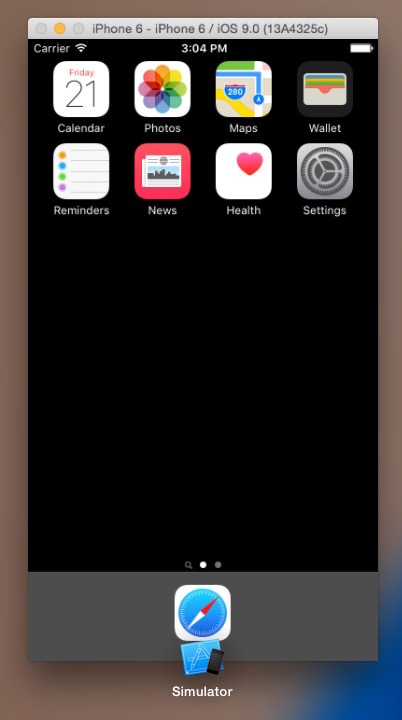

Next, you are presented with the page to set many of the important aspects of your project, particularly your “Product Name” and “Language”, which will be Swift, of course. For us though, let’s choose the simplest one, the “Single View Application”. You have many choices built in here, which will start you off with an Xcode project that is preconfigured as whichever one you select. If you have hidden this page, or prefer using menus, you can create a new project via “File → New → Project…”.Īfter you click that, you are shown the template screen. To start a new app, you click the appropriately titled “Create a new Xcode project” button. So, when you first load Xcode, assuming you haven’t turned it off in the preferences, you will see the “Welcome to Xcode” screen.
#TUTORIAL FOR XCODE HOW TO#
We all had to start sometime, and those are the people I want to help in particular today.Īlso, I figured that it’s a new year, let’s start it with how to start a new app. This may be a bit too basic for some, but I want this site to be a place for all kinds of iOS developers, especially the beginners. This will even include going over some of the features of the IDE (integrated Development Environment), like the different editors, the utility pane, and the various inspectors therein. This is a pretty basic tutorial, but I want to make it pretty comprehensive for how to start an iOS app. You don’t often (or ever) see a console on your iOS device, so that doesn’t help us make an app directly. Now, of course the simplest form of this in Swift is just: print("Hello, World!")īut we’ll do something a bit more advanced than that. Let’s go all the way back to the basics, let’s write a Hello World app.įor those that don’t know, it is very common to have the first program written by somebody learning a new language be one that somehow displays “Hello World!” At least according to Wikipedia, this goes back to an example from “The C Programming Language” book by Brian Kernighan and Dennis Ritchie. It was covered a little bit in the WatchKit tutorials, but there is a lot done there specific to getting WatchKit working. However, we have not really done much in the way of actually writing sample apps on the Coding Explorer Blog. So far we’ve covered a lot of how Swift the language works, some WatchKit tutorials, and how to get started with some Cocoa classes.


 0 kommentar(er)
0 kommentar(er)
